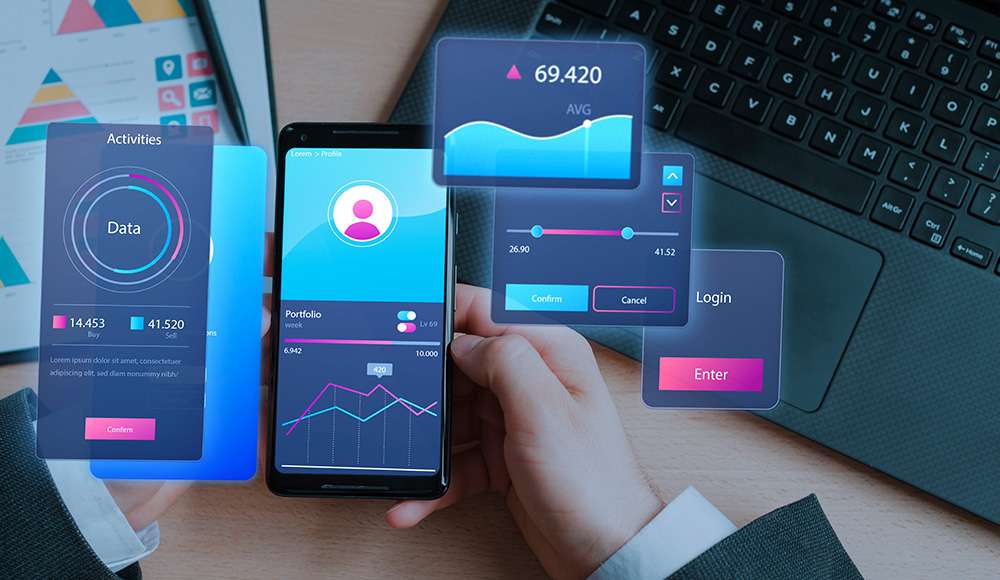
Progressive Web Apps (PWAs) are revolutionizing how users experience the web by merging the best qualities of traditional websites and native mobile applications. They deliver fast, reliable, and engaging app-like experiences directly through web browsers without requiring downloads from app stores. Below is a detailed exploration of PWAs, elaborating on their key aspects with examples to illustrate their transformative power.
Hire a Developer
What Are Progressive Web Apps (PWAs)?
A Progressive Web App is a web application designed to perform and feel like a native mobile app but accessed through a web browser. Built with standard web technologies such as HTML, CSS, and JavaScript, PWAs offer app-like features including offline access, push notifications, and installation on a device’s home screen. They progressively enhance the user experience by adapting to the capabilities of the user’s device and network conditions.
For example, Starbucks uses a PWA that allows customers to browse the menu and place orders even with poor or no internet connection, providing a seamless experience similar to its native app without requiring a download.
Key Features of Progressive Web Apps (PWAs)
-
Lightning-Fast Load Times
PWAs leverage advanced caching strategies through Service Workers, which cache essential site resources. This enables instant loading of previously visited pages, even on slow or unreliable networks. Example: Twitter Lite uses this technique to provide a fast-loading and smooth experience for users, reducing bounce rates significantly, especially in regions with slower internet connections. -
Offline Functionality
Via Service Workers, PWAs can cache key data and assets, enabling users to access content and even perform limited tasks while offline. This independence from network connectivity enhances reliability and user engagement. Example: The Pinterest PWA allows users to browse saved images and boards without requiring an internet connection, increasing user retention and accessibility. -
Installability
Unlike traditional websites, PWAs can be “installed” on a user’s device, creating an app shortcut on the home screen without going through app stores. This creates the look and feel of a native app, improving accessibility and increasing engagement. Example: Uber’s PWA can be added to the home screen, enabling quicker ride booking with a native app-like interface and eliminating app store friction. -
Responsive Design
PWAs are built responsively to look and function perfectly on any device or screen size, from desktop monitors to smartphones and tablets, providing consistent experiences across platforms. Example: The Washington Post’s PWA adapts seamlessly across multiple device types, ensuring news is accessible and readable wherever users are. -
Push Notifications
PWAs support push notifications, allowing businesses to send real-time updates, alerts, or promotions directly to users even when the app is not open. This drives re-engagement and user retention. Example: Flipkart’s PWA uses push notifications to alert users about sales and order updates, increasing interaction and sales conversions. -
Automatic Updates
PWAs update automatically in the background without user intervention, ensuring that users always have the latest version without manual downloads or app store approvals.
Benefits of Progressive Web Apps
-
Cross-Platform Compatibility With Cost Efficiency
Developers can build one PWA that works across multiple platforms—desktop, Android, iOS—using a single codebase. This reduces development time and costs drastically compared to separate native apps for iOS and Android. Example: Trivago maintains a single PWA that offers hotel search functionality consistently across devices, saving on the costs of maintaining multiple native apps. -
Increased User Engagement and Conversion Rates
The app-like experience, combined with offline availability and push notifications, leads to higher user engagement. Fast load times and responsiveness help reduce bounce rates and increase conversions. Example: Alibaba reported a 76% increase in total conversions and a 14% increase in monthly active users after launching their PWA. -
No App Store Dependencies
PWAs bypass app store restrictions, approvals, and update processes, enabling faster deployment and instant updates. This ease of distribution benefits businesses eager to reach users quickly. -
Improved Performance and Reliability
Through caching and offline capabilities, PWAs perform reliably even in poor network conditions, making them ideal for regions with limited internet access.
Challenges and Considerations
-
Limited Hardware and OS Integration
While PWAs access many device features, some advanced hardware capabilities—such as Bluetooth, NFC, biometric authentication, and background GPS tracking—remain limited compared to native apps, especially on iOS. -
Browser and Platform Variability
Support for PWA features can vary among browsers and operating systems. For instance, iOS has more restrictions on push notifications and background sync compared to Android, which affects the full PWA experience. -
Discoverability and Monetization
Although PWAs are indexed by search engines improving discoverability, they lack the visibility that comes from app stores, which can be a critical traffic source. Monetizing PWAs sometimes requires additional strategies beyond app stores’ in-app purchases.
Examples of Popular Progressive Web Apps
-
Starbucks: Offline ordering and browsing.
-
Twitter Lite: Fast, lightweight web experience for all users.
-
Uber: Quick, installable ride booking app accessible anywhere.
-
Pinterest: Browsing and interaction offline.
-
Alibaba: Seamless shopping experience across devices.
Conclusion
Progressive Web Apps combine the accessibility and flexibility of the web with the engaging, fast, and reliable features of native mobile apps. By solving challenges such as offline usability, installation ease, and push notifications, PWAs are bridging the gap between web and mobile, empowering businesses to deliver superior digital experiences with lower costs and broader reach than traditional app development.
As technology evolves, PWAs are expected to gain even deeper integration with device hardware and become an essential strategy for reaching users across platforms efficiently.













